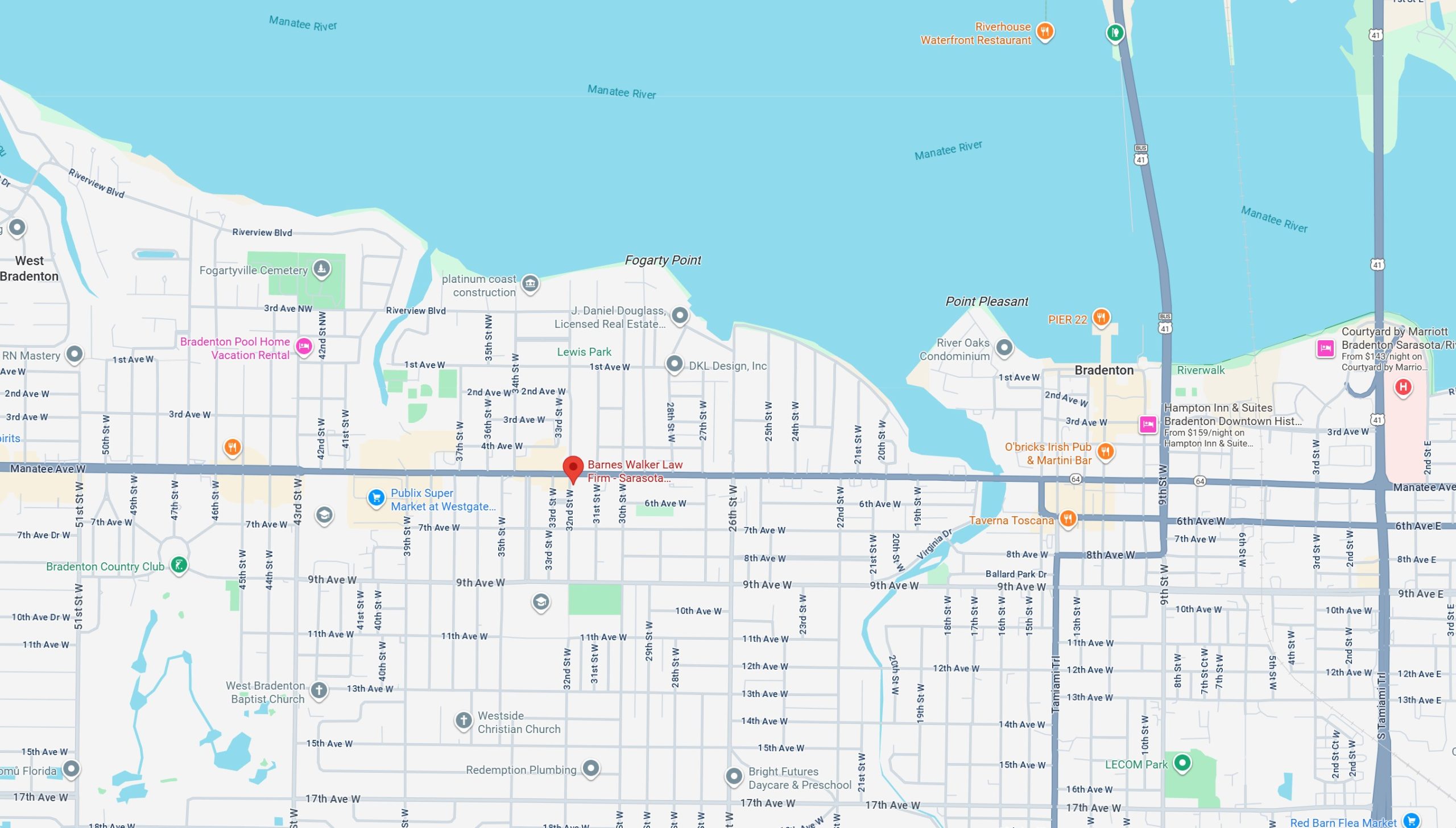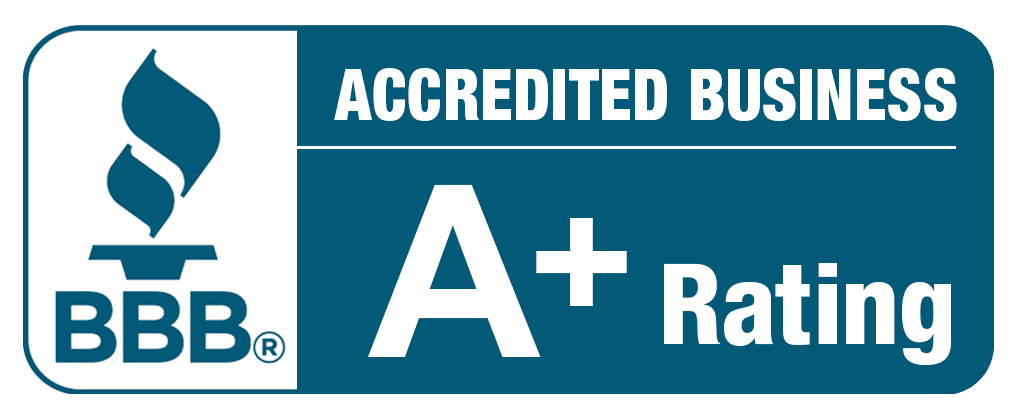
A story we see all too often: The champagne is chilled. The closing documents are signed. The keys to a magnificent, multi-million dollar waterfront estate are finally in hand. A seller, a buyer, and their agents all walk away happy.
Or do they?
Maybe not. Because that “happy ending” can unravel with a single phone call. It starts when the new owner decides to build a dock, or when a neighbor suddenly erects a fence, blocking that pristine view of the Gulf.
Why? Because no one studied the survey. And that multi-million dollar property, the one with waves lapping just yards away, may not actually be on the water.
Welcome to the high-stakes world of Florida waterfront real estate. As Florida waterfront experts, we’ve built our reputation on navigating these treacherous waters for our clients. The “great information” in a listing is one thing; the legal reality on a 100-year-old plat is another.
The Multi-Million Dollar Question: What Did You Actually Buy?
How can a property with no building between it and the bay not be waterfront?
It’s a terrifyingly simple and common trap. In Florida, a property is not legally “waterfront” unless its legal description extends down to a specific, invisible line:
- The “Mean High-Water Mark” for tidally influenced bodies (the Gulf, Atlantic, bays, and intracoastal).
- The “Ordinary High-Water Mark” for non-tidal bodies (lakes, rivers, ponds).
If your property’s boundary stops even one foot short of that line, you are not a waterfront owner. Someone else—a neighbor, the original developer’s long-lost heir, or the public—owns that strip of land between your estate and the water.
The Nightmare Scenario: When “Waterfront” Isn’t
So, what happens when you discover that one-foot gap?
That intervening landowner could, legally, erect structures, walls, or fences. They can deny you physical access to the water (your legal access was never there) and completely obstruct your view.
Their purpose? Often, it’s legal extortion. They demand substantial sums of money for that tiny, otherwise-useless strip of land. We all know a 50-foot lot in Sarasota or Manatee County might be worth $100,000. But put that 50-foot lot on the Gulf of Mexico, and it’s worth millions. The misrepresentation, whether intentional or negligent, has vaporized the core value of your investment.
Even if you can buy that intervening strip, the cost will be substantial, plus attorneys’ fees. More often, the buyer sues everyone involved—the seller, the listing agent, and the buyer’s agent—for misrepresentation.
“But I Have Title Insurance!” (Why That Won’t Save You)
This is the myth that sinks high-net-worth buyers every year. You think, “Wait, I have a multi-million dollar title insurance policy. I’ll just file a claim!”
Wrong.
Title insurance insures that you have marketable title to the land within the boundary lines of your legal description. It does not insure any aspect of the property beyond those lines (except access). If your boundary ends one foot shy of the mean high-water mark, your title policy guarantees you own the land… up to that foot. It does not insure your view, your right to build a dock, or your access to the water.
This is a critical distinction many closing agents and even real estate attorneys miss. They may see their job as simply providing the title commitment and passing on the survey, not actively advising you that the property you think you’re buying isn’t what you’re actually getting. As attorneys who are also waterfront experts, we find this position ethically questionable, even if technically “legal” for a simple title agent.
Our Expertise: The Contract Clause That Protects Your Investment
Because we have seen this nightmare play out, our firm drafts real estate contracts with specific clauses you simply won’t find in a standard contract. We insist on inserting protective language for our buyers.
If you’re buying a waterfront property, your contract must include this (or similar) provision:
Seller represents and warrants to Buyer that the Property is waterfront property, i.e., one of its boundaries is the water line of _______________ (name of water body).
Buyer’s duties and obligations under this Contract are conditioned and contingent upon receiving a survey documenting that the Property is waterfront property. If this condition is not met, Buyer may cancel this Contract and receive a full refund of Buyer’s deposit(s).
The power of this clause is twofold:
- It protects you. It’s your “get out of jail free” card if the survey reveals the property isn’t truly waterfront.
- It gives you leverage. A right to cancel is, practically speaking, a right to renegotiate.
It also provides a defense for the seller and agents against a future lawsuit, as the buyer’s right to object was established upfront.
Welcome to Florida: A Deep Dive into Our Complex Water Laws
Understanding why this is so complex is key. Florida’s laws are unique.
1. Navigable Waters (and 1845 Canoes)
Under U.S. and Florida law, the submerged lands beneath “navigable waters” are owned by the State of Florida, in trust for the public. What’s “navigable”? Any waterbody that could sustain navigation back in 1845 when Florida became a state. This includes water passable by canoe, raft, or flat-bottomed boat. As a result, far more waterbodies than you might think (including shallow creeks) are considered public.
This gives all citizens “riparian rights” (to swim, fish, boat), but only the adjoining landowner gets the precious rights of ingress/egress (access) and an unobstructed linear view.
2. The Shifting Sands (and Why They Matter)
That “mean high-water mark” isn’t set in stone.
- Accretion: The gradual addition of sand to your shoreline. This adds land to your private property.
- Reliction: The gradual withdrawal of water from the shoreline. This also adds land.
- Avulsion: A sudden change (like a hurricane). This does not change your boundary line.
3. The Erosion Control Line (ECL)
This is the one line to rule them all. If the State of Florida surveys and establishes an Erosion Control Line (ECL), it supersedes the mean high-water mark. After an ECL is set, accretion and reliction will not change your boundary. This is critical in beach renourishment areas.
4. The Canal Conundrum
Canals are a special trap. They are man-made and typically dug on private lands. To have secure boating access, you need to verify three things:
- Your lot line actually extends to the canal’s seawall.
- You have a legal right to use the canal (e.g., your deed extends to the centerline, or an HOA owns the canal).
- Someone is responsible for dredging and maintenance (ideally a well-funded HOA or special taxing district).
Tales from the Trenches: Real Florida Waterfront Nightmares
Unfortunately, we find properties believed to be waterfront, but are truly not, at least twice every year. These aren’t hypotheticals; these are real cases we’ve had to solve.
- The “Dock of the Bay” Dilemma: We represented a buyer on Anna Maria Island. The survey showed the seawall was the boundary, but the actual mean high-water line was further out, past a patch of mangroves. The plat was contradictory. This meant the developer technically still owned the (submerged) land where our client’s dock should be. We had to track down the developer for a quit-claim deed and get the State of Florida (acting as the TIIF) to officially accept the new survey documenting the accreted lands now belonged to our client.
- “A Canal Too Far”: A client’s lot stopped short of the canal seawall, leaving a small, underwater gap… which included their entire dock. The developer still owned the gap (and the dock!). In a similar case, the gap’s original owner had passed away, and their child had also passed away. We had to probate two separate estates just to get the heirs to sign a deed for a tiny strip of land so our client could legally own their dock.
- The “No Reserve” Shocker: A client bought a lot north of a street that ran along the Manatee River. Between the street and the river was a narrow strip of land called a “Reserve.” A sloppy commercial title company simply deleted the Reserve from the deed when our client purchased the property, meaning the seller still owned the riverfront access. Fortunately, the seller was cooperative. If they hadn’t been, our client’s “river-view” home would have had no river rights at all.
The Real Happy Ending
The real happy ending isn’t just the closing. It’s the certainty that comes with it.
When you are investing millions in a lifestyle, a view, and a legacy, you cannot afford to have it all jeopardized by an ambiguous line on an old map. The difference between a “water-view” property and a true “waterfront” property isn’t just a few feet of sand—it’s a world of legal rights and millions in value.
Before you sign your next contract, let us read it first.
If you have any questions regarding waterfront property, please do not hesitate to call us at 941-741-8224 or e-mail us (just use the first letter of our first name followed by our last name at BarnesWalker.com). As always, we will answer your questions at no charge.
Disclaimer: The information and opinions provided are for general educational, informational or entertainment purposes only and should not be construed as legal advice or a substitute for consultation with a qualified attorney. Any information that you read does not create an attorney–client relationship with Barnes Walker, Goethe, Perron & Shea, PLLC, or any of its attorneys. Because laws, regulations, and court interpretations may change over time, the definitions and explanations provided here may not reflect the most current legal standards. The application of law varies depending on your particular facts and jurisdiction. For advice regarding your specific situation, please contact one of our Florida attorneys for personalized guidance.
Visit our legal department pages:
Real Estate Attorneys
Business Attorneys
Litigation Attorneys
Estate Planning Attorneys
Inheritance Attorney
Probate Attorney
Probate & Trusts
Trust • Experience • Results
Ready to Get Started?
Get started with Barnes Walker today.












